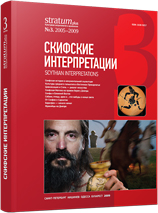
О странном наследстве в III книге «Артхашастры» Каутильи
The article studies chapter III.6 of Arthashastra. The author maintains that it deals with a ritual practice, rather than juridical one.
More...We kindly inform you that, as long as the subject affiliation of our 300.000+ articles is in progress, you might get unsufficient or no results on your third level or second level search. In this case, please broaden your search criteria.

The article studies chapter III.6 of Arthashastra. The author maintains that it deals with a ritual practice, rather than juridical one.
More...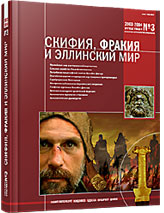
The article treats the issue of four important polises in the Northern Black Sea area: Borysthenes, Olbia, Nymphaeum and Germonassa, founded by natives of Miletus and, possibly, of other Ionian towns, and therefore culturally and ethnically homogenous. They all are classical colonies founded by the first wave of Greek settlers; they all played important roles of economic, political and religious centers of their regions. Each of these polises has been systematically researched for a very long time. The comparative analysis showed that the early stages of existence of these regions marked significant differences in what concerns the nature and ways of development of the rural neighborhood of the Greek urban centers. It is also obvious that the reason behind such differences are to be found in the structure of the local population around these Greek polises, namely in its economic, cultural and demographic characteristics. Later on, with enhanced social and economic basis of the Greek colonies in coastal Scythia and in connection with the enhanced domination of the steppe Scythians in hinterland, increasing influence upon formation of the ancient rural areas in the Northern Black Sea region had the military-political factor of relations, not only between the Greek and the local ethno-political unions but also between the ancient states themselves.
More...
The article raises questions on the process of development of Zarubintsy culture. The author supports the idea that both alien and substrata components participated in its development. Features of autochthonous cultures can be found in a number of artefacts, although the most significant evidence of their contribution is the fact that it is these features of the preceding culture which can be felt in all the three main regions of Zarubintsy culture. The Lateneisation process in Zarubintsy culture was influenced by both alien Jastorf and, probably, Pomorsk tribes with determined syncretic features of La Tčne and barbarian cultures of Central Europe (in mortuary rite, types of clay wares and their decoration, house-building techniques). Also, it could be influenced by part of local population of Dnieper basin, which participated in colonisation of Danube basin together with the Bastarnae in the late III c. BC, and brought features of La Tčne and Celtic-Illyrian cultures of Carpathian-Balkan region in Zarubintsy culture. These features are most obviously manifested in fibulae ЗТ, peculiarities of mortuary rite, the manner to blacken and gloss clay wares both inside and outside, and probably, in transition of the ethnic name of “Veneds” on to Dnieper basin. The Lateneised archaeological cultures are those cultures, which were subjected not only to the La Tčne influence, but rather those ones, whose development and Lateneisation took place with participation of Jastorf tribes, which lay the foundation for the peoples known in the Classical ancient records as Bastarnae and Sciri.
More...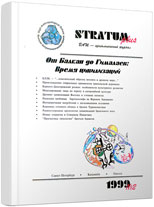
The original syncretic complexses in economy of which the cattle-breeding played the leading part and arose as results of active contacts of the settled-agricultural and stepped tribes on Bronze Epoch on territory of Southern-Western Tajikastan. Perhaps, the tribes of Bronze Age assimilated with population of neolithic culture of Hissar which lived here befor. It was also reglected on forming of economic structure and some traits of material culture of forming ethnos on this region on Late Bronze Age. The building techniques and types of dwellins found on settlements of Bronze Age of Southern-Western Tajikistan are not characteristics to setled-agricaltural monuments of Ancient Bactria. They testify more about influence of steppe traditions and, perhaps, about local neolithic culture. The complexity of passing here athnoculture processes is visually reflected on variety of funeral ceremonies. The gradual attenuation of ceramic traditions of steppe tribes and the predominance of methods of pottery of agricalturral centres can be observed in material calture However. This process was accompanied by considerable stirring up of manual method of making of dishes. On the contrary, the increase of role of steppe hearths is noted in metallurgical production. It is revealed not only in implements and adorns as well. Multycomponent of complexes of Bronze Age of Southern-Western Tajikistan give the possibility of correlation of Dating with materials from different culture and neighboring regions.
More...
The article is devoted to the Late Bronze Age daggers of a special type which originate from the Irtysh and adjacent regions. This type was singled out by V. Iv. Molodin in 1993. It’s characteristic features are long leaf-shaped blade, absent crossing, grooved hilt with winding or its imitation with a hilt-head formed in a shape of extended trapezium. Following V. Iv. Molodin, Al. V. Bekhter attributes to the same type another group of daggers from the Karakol II treasure. Their distinguished feature is the zoomorphic hilt-head of Seima style. The type is named ‘Irtysh.’ The author traces development of Andronovo and Seima daggers and knives and finds features of these metal-working traditions in ‘Irtysh’ daggers. The type had been formed in the Eastern Kazakhstan in the late Andronovo time, before Sargary and Karasuk.
More...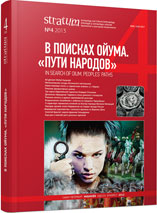
The burial ground of late BC — early AD near the village of Mutyn (Krolevets Rayon, Sumy Oblast) was explored in 2010. This compact burial ground consists of 14 urn cremations of the men-at-arms. The burials went with the impressive set of weaponry (bent swords and spearheads, shield bosses, helmets, etc., as well as with the warrior’s equipment (spurs, fragments of sword belts, fibulas). Several ceremonial ceramic urn vessels look like tableware from the local sites of the Khar’yevka type, combining Zarubyntsy Culture and Central European features. Imported metal vessels were also used as urns: 8 situlas (including Eggers 20 and 22 types), 2 low basins Eggers 67 and an Eggers 5 caldron. Most probably this “dinner service” for shared meals belonged to the men-at-arms and later on their vessels were used as urns.Analogies to the burial ceremony and the whole set of artefacts may be found in such Latenized cultures, as Przeworsk and Oksywie on the territory of Poland. The uniqueness of Mutyn is determined at the same time by the fact that it is an exclusively men-at-arms burial ground of the final pre-Roman times, located, ironically enough, at the Eastern outskirts of the Latenized cultures' area.
More...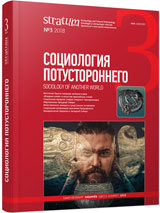
The article investigates probable routes of dissemination of Northern Black Sea products in the Trans-Volga and Southern Ural steppes and forest-steppes, as well as the possibility to link them with the “Herodotus path”. The distribution of finds indicating links to the Northern Black Sea Coast (details of bridle, mirrors, some types of ornaments and armor) suggests that there was a trade route in the area under consideration in the early Iron Age, which began in the Samara Luka area, followed into the Samara River valley, between Sakmara and Ural Rivers and into the Trans-Ural region. It is possible to interpret this route as a segment of the path to the lands of the Issedons and Argippeans, which was described by Herodotus. The possibility of the existence of this itinerary of the trade route is confirmed by the existence of caravan roads in the Middle Ages and New Times. The functioning of this route in antiquity could be ensured by the location of several crossings across the Volga, located on the section between the Samara Luka and the Akhtuba branch.
More...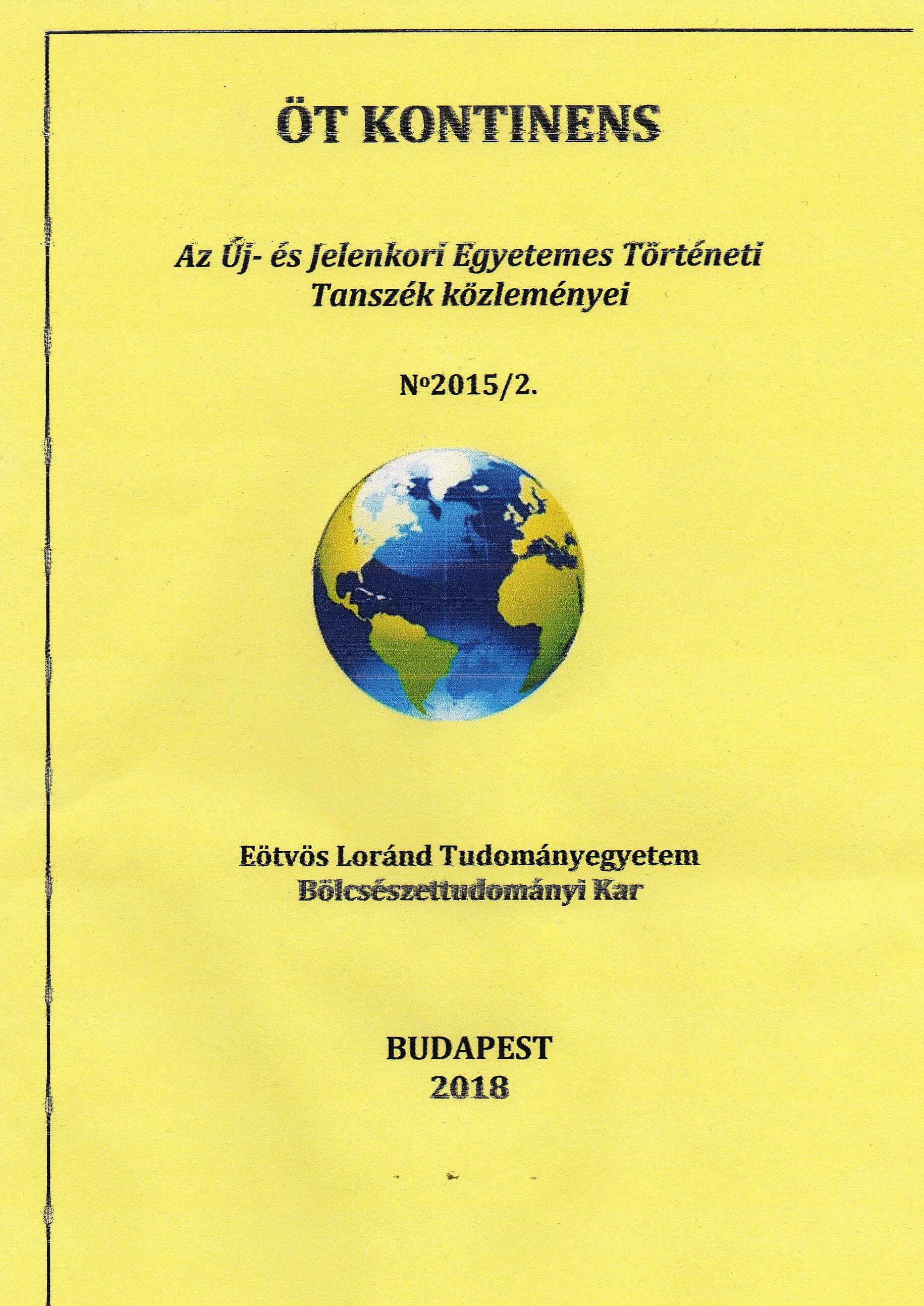
Regions and regionalism are rather flourishing in Europe. But what do regionalism and the expression „Europe of regions” exactly mean? There are three approaches to the question: 1.) the concept of cross-border interregionality between the Member States of the European Union; 2.) the effort to make regions the basic building blocks of European integration instead of states; and 3.) the objective to introduce a three-tier structure to the European Union which would extend the already existing tiers of the European Union and the Member States with a third one, the territorial units within nation-states. The first approach (interregional cooperation) has long been adopted; the second approach (the vision of Europe made up of regions instead of states) is rather utopian. The third one is subject to fierce debates: a three-tier European Union with European, nation-state and regional levels.
More...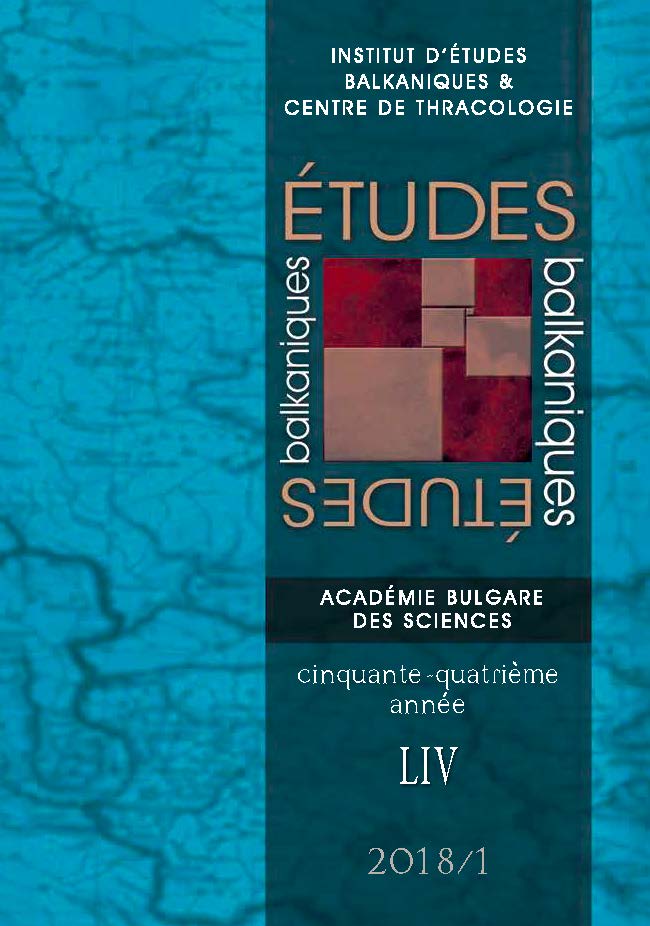
The article surveys in a comparative perspective the presence of the Cuman-Qïpchaqs in Crimea and the Balkans. The available historical and archaeological material is examined in the theoretical framework of the concept for the contacts between the nomads and the outside world. On the basis of general typology of the contact zones between the Cuman-Qïpchaqs and the surrounding sedentary societies, the specific place of Crimea and the Balkans is emphasized. The initial appearance of the Cuman-Qïpchaqs on both peninsulas is traced and the profile of their further behavior is chronologically examined. The parallel analysis demonstrates that in Crimea the nomads were interested in commercial activities and even imposed their political supremacy over a significant part of the settlements along Crimean littoral, while in the Balkans they were attracted mainly by the opportunities for raiding. The higher priority of Crimea for the Cuman-Qïpchaqs is highlighted and juxtaposed to the priorities of the Byzantine Empire, for which the Balkan hinterland of its capital remained of primary importance.
More...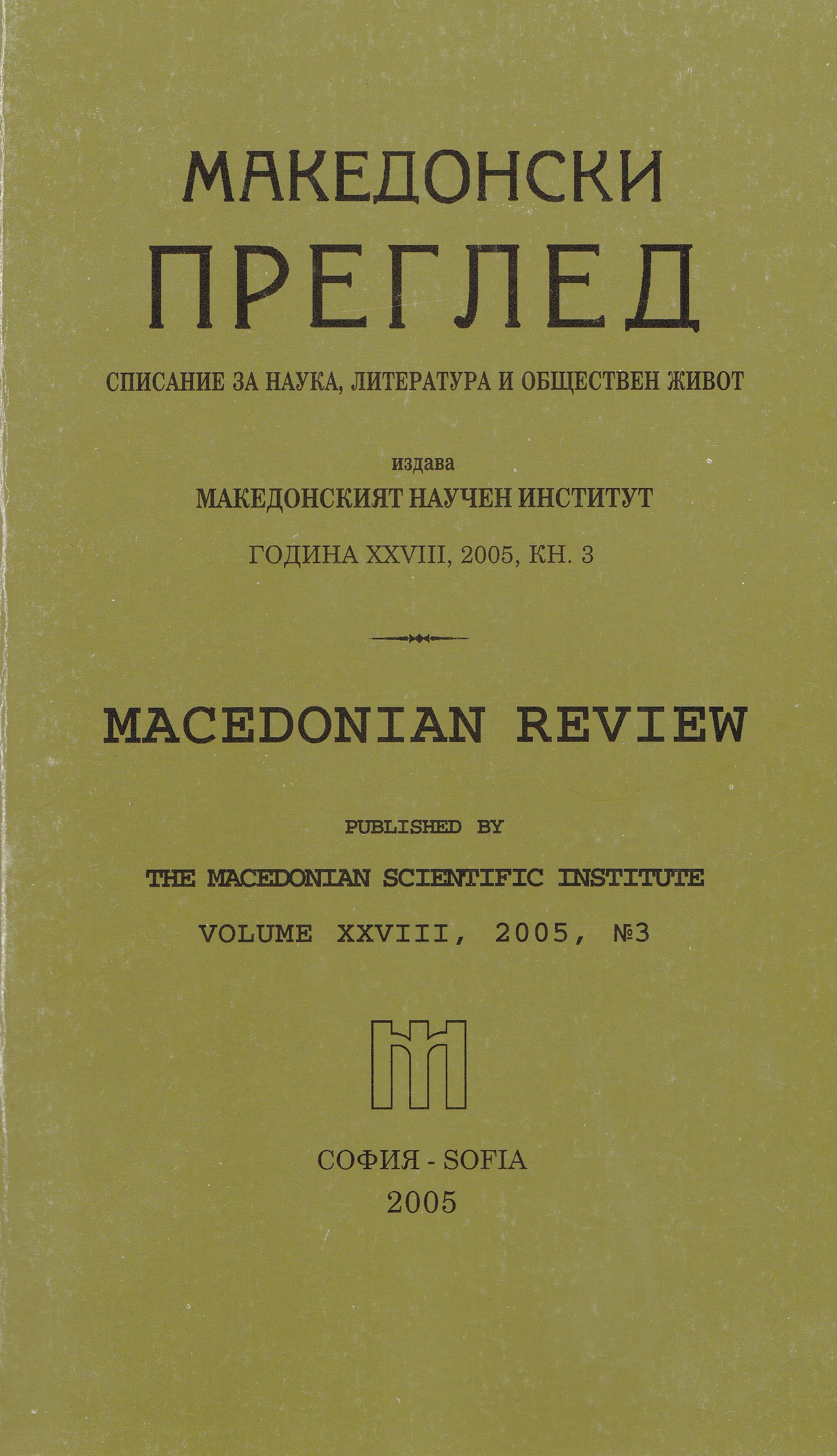
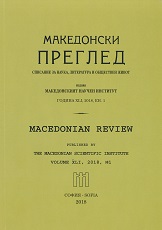
The Constituent Congress of IWORO “Vartop“ [Internal Western Outland Revolutionary Organization “Whirlpool“] of 1928 was not so much a delayed “constitutionalization“ as an unsuccessful attempt to achieve unity through compromise and reconcile the conflict between the “radical“ and “moderate“ moods that had existed ever since the very establishment of the organization and had deepened after the Seventh Congress of IMARO (1928), the Serbian repressions in the Western Outlands, and under pressure from other factors (external for the organization) and political influence.
More...


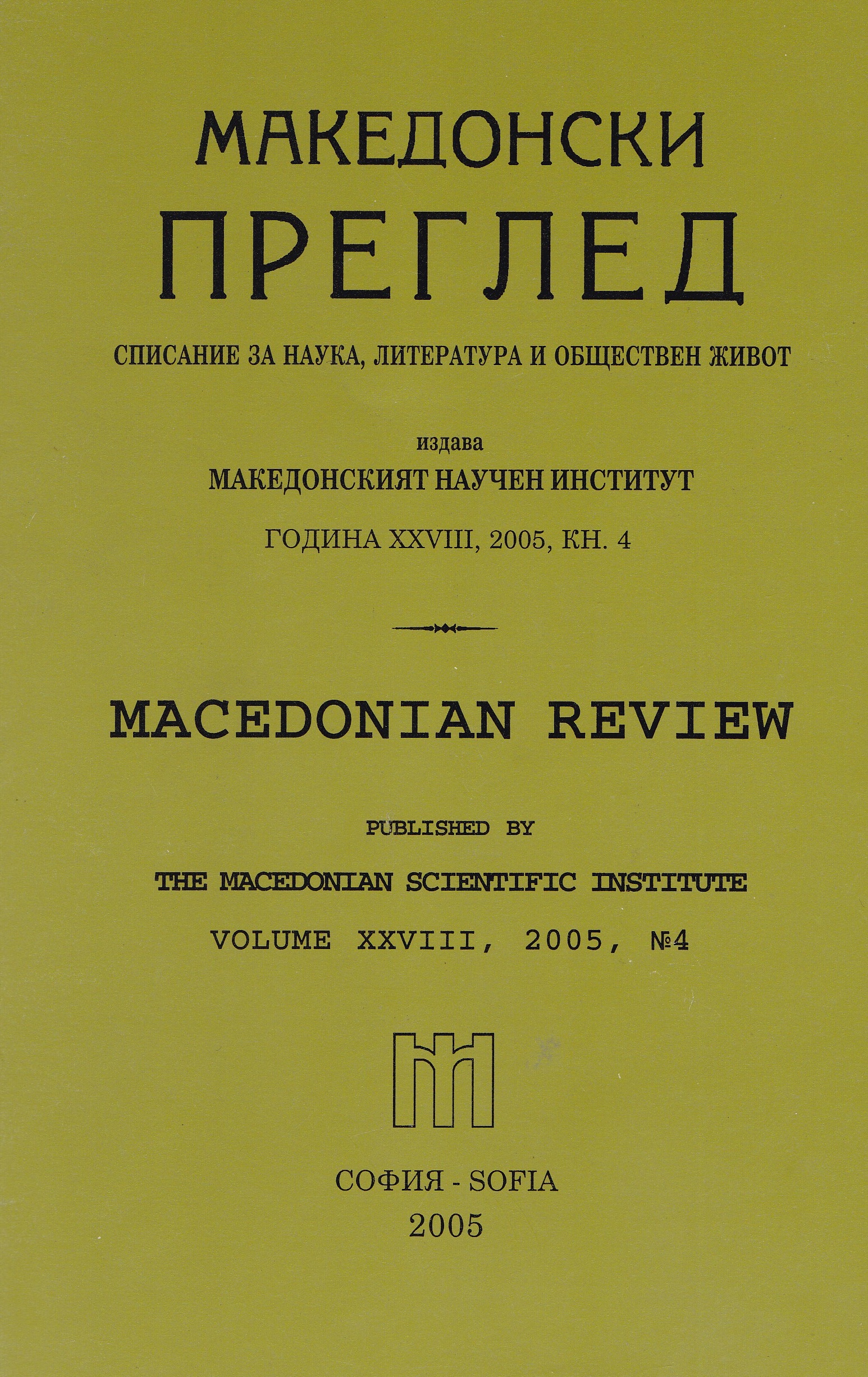
This article introduces some similarities and some differences with the triplearticle use in nouns in the Rhodps and the Macedonian varieties of speech. Thesedemonstrate the variety and richness of this rare archaic grammatical peculiarity andits occurrence in remote, non-contact „insular areas".
More...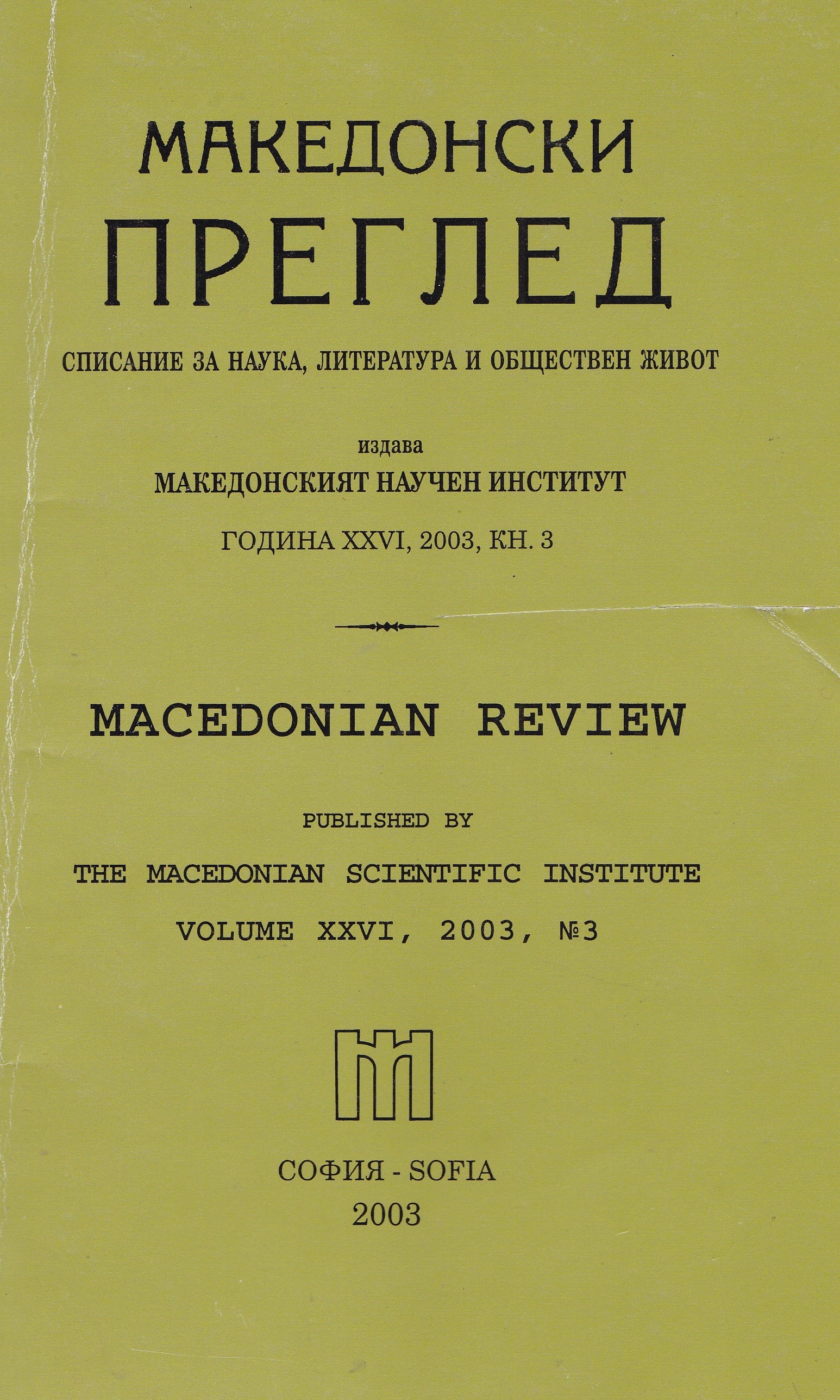

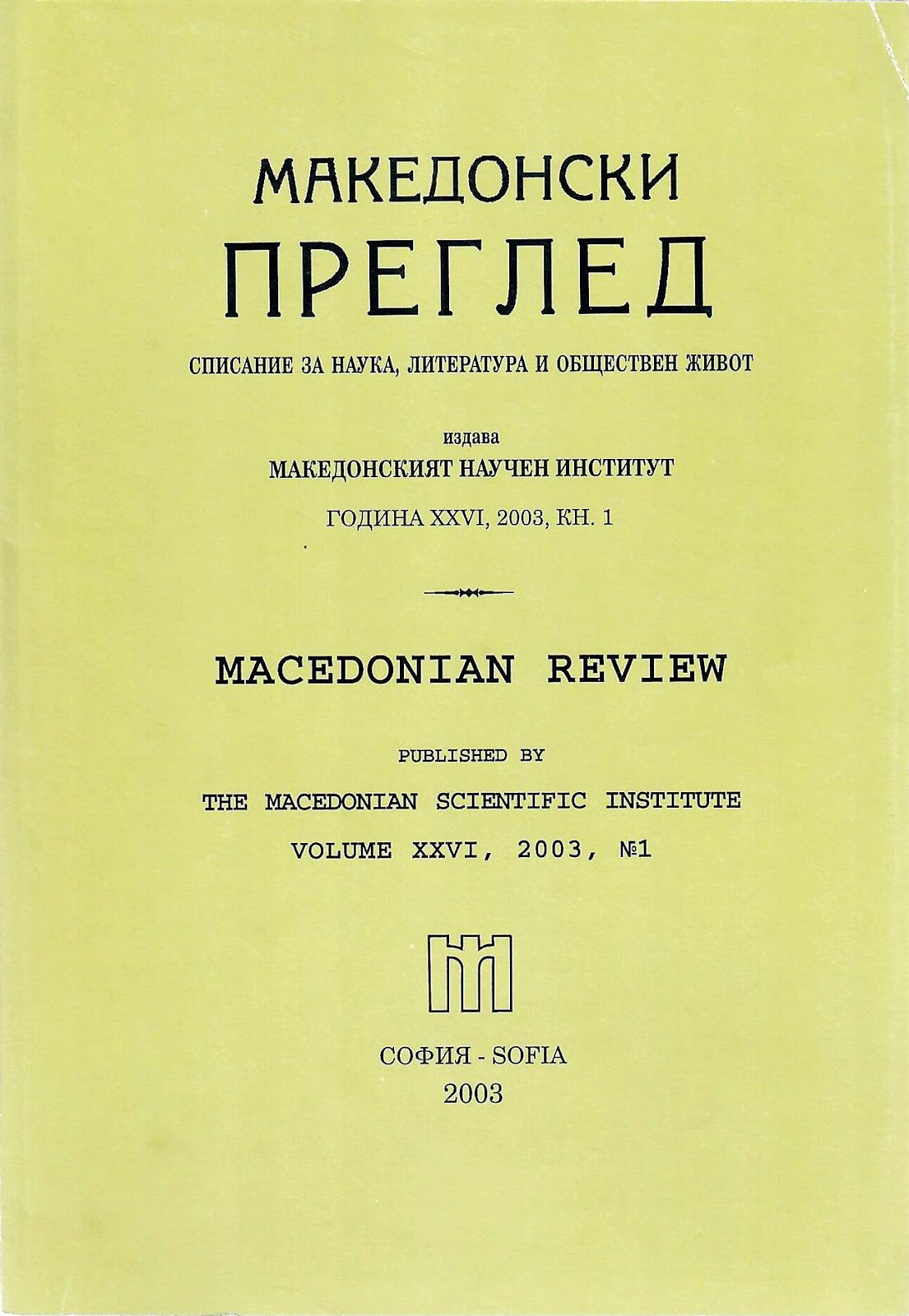
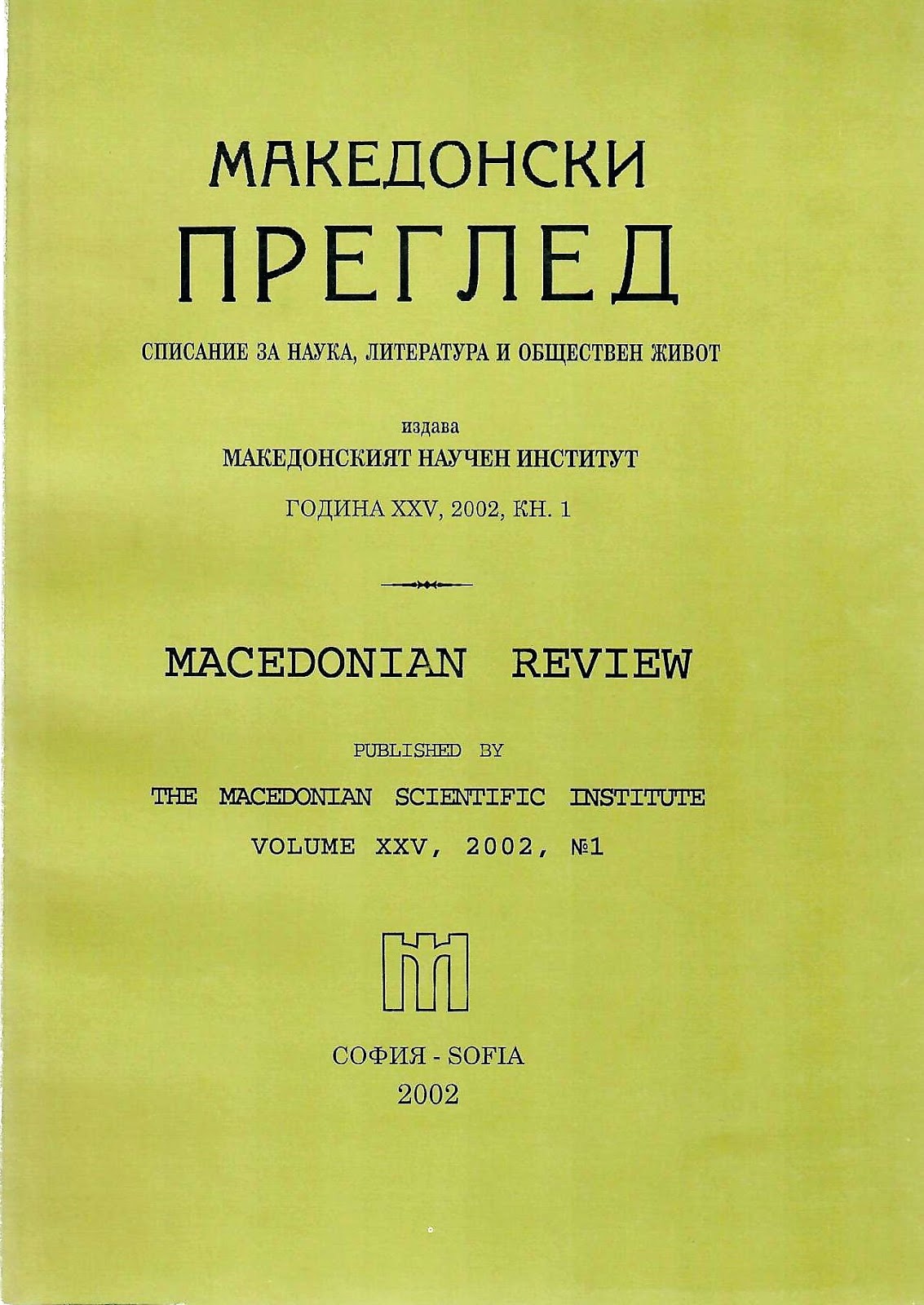
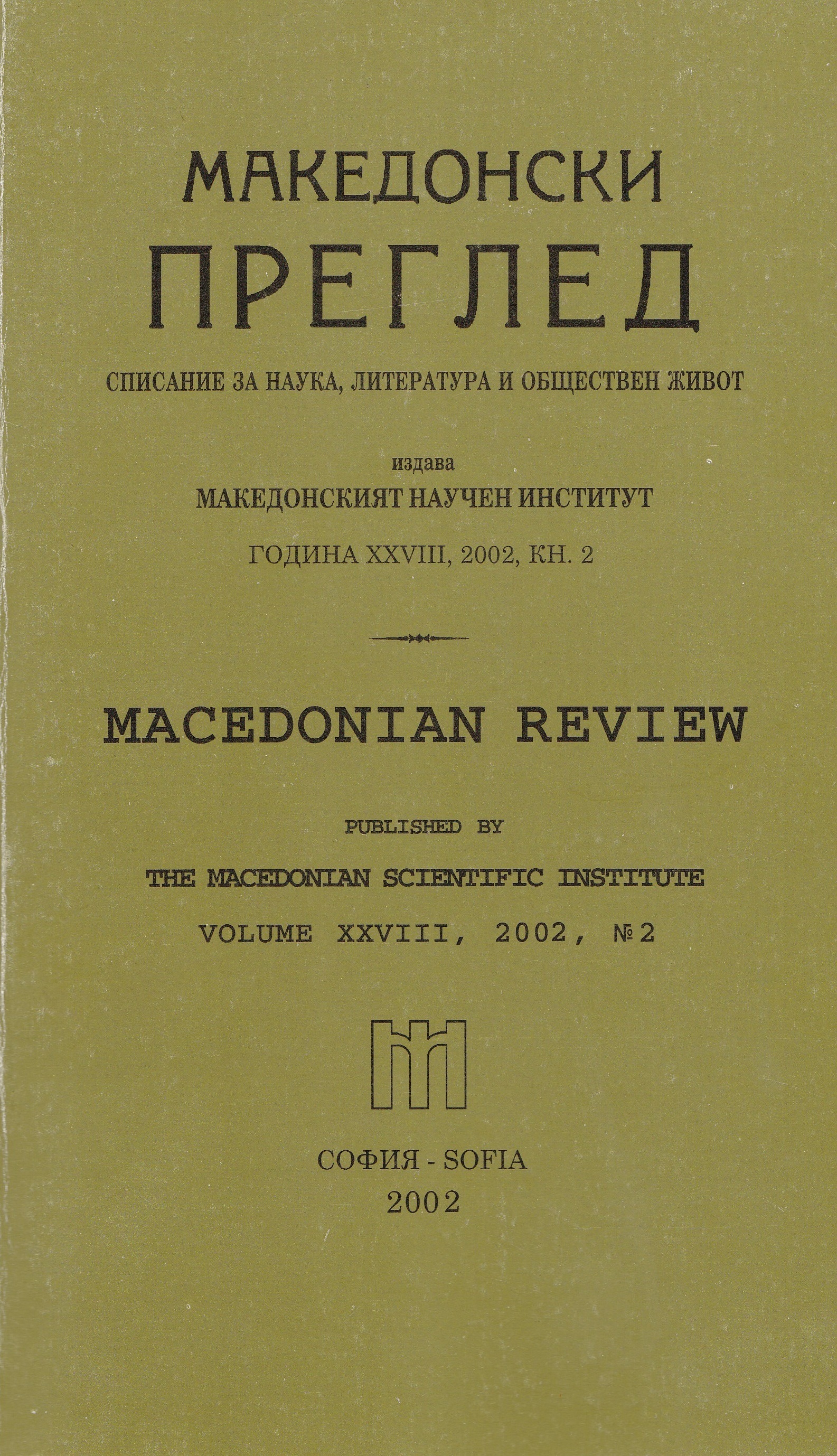
“A Return to the Old Native Roots” is Part II of the study called The Macedonian Literary Circle (1938 – 1941). Part I reveals the fact that this circle was created with the purpose of becoming a promoter of the Bulgarian Communist Party’s policy among the young and educated members of the Macedonian immigrant community in Bulgaria.
More...